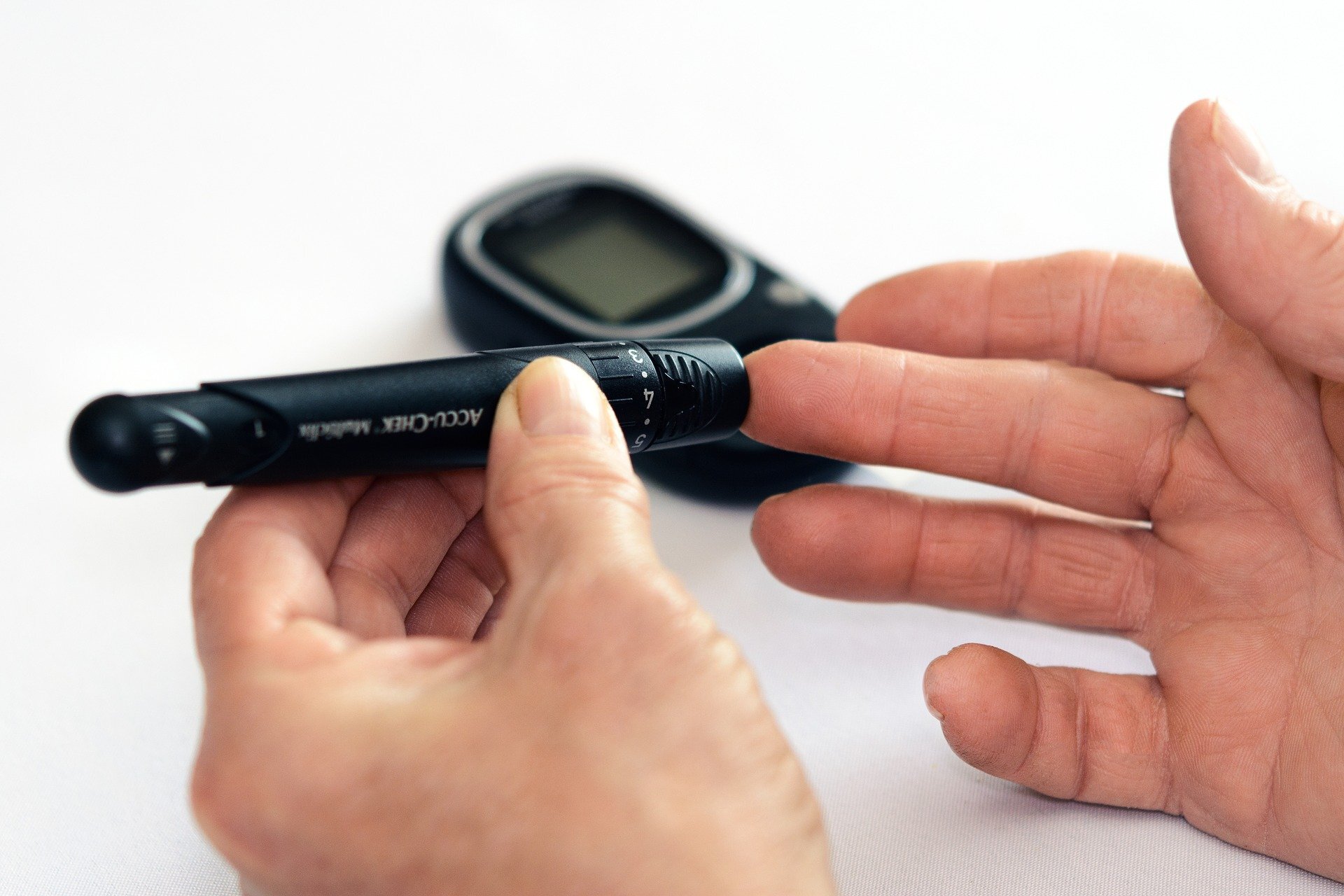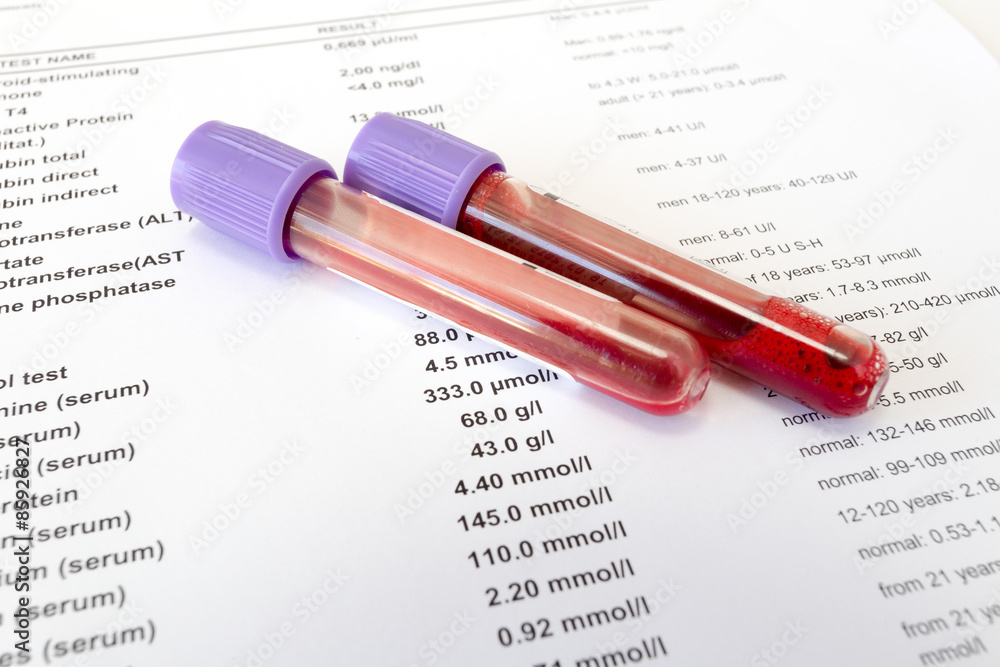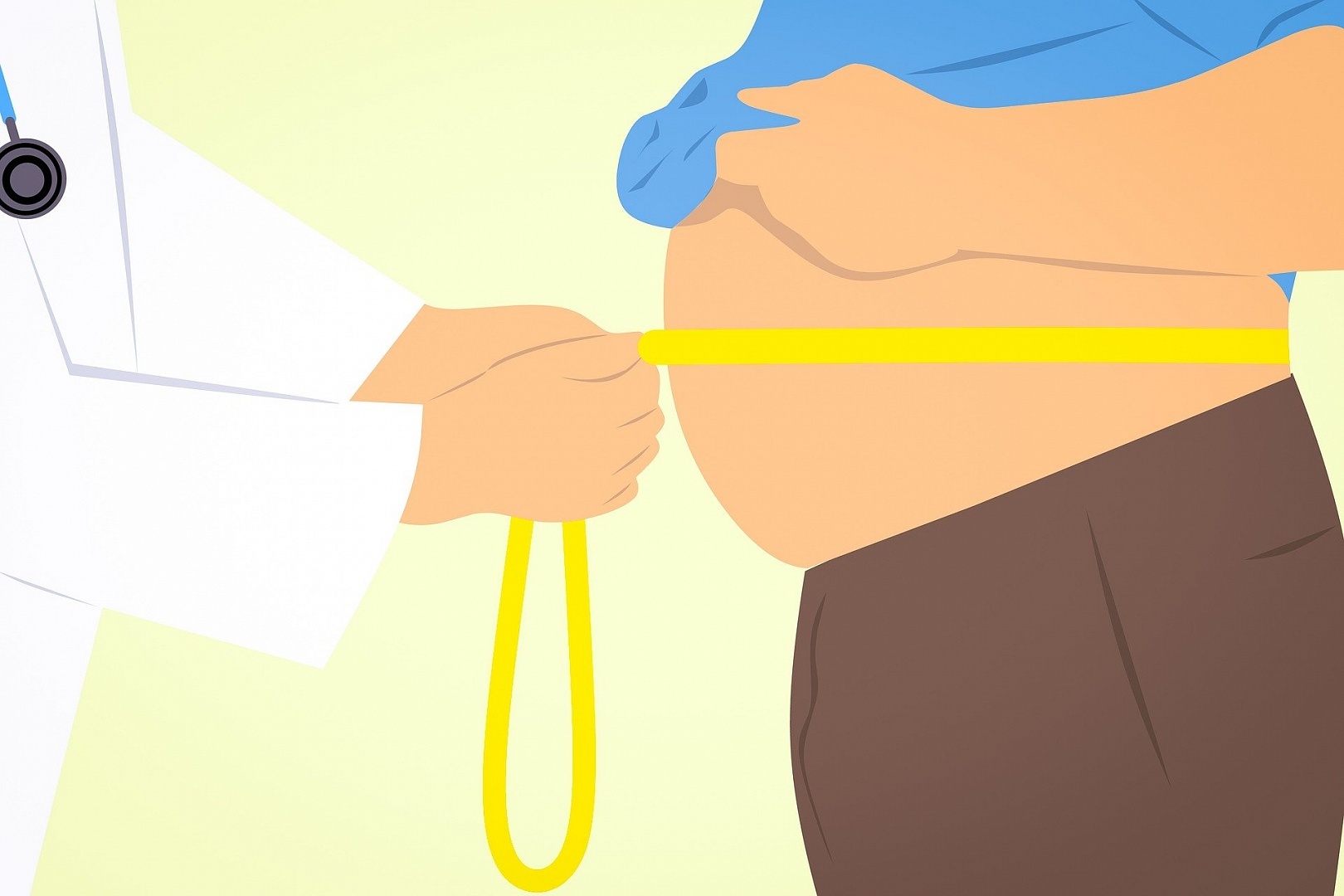Do you have diabetes? Check the frequency at which you should monitor your blood glucose levels!


Blood sugar (blood glucose) levels vary throughout the day and are influenced by the meals that you consume and the level of insulin in your blood. The ideal levels of blood glucose should be between 70 mg/dL and 99 mg/dL as this enables all the cells in your body to function properly. If the levels fall too low, you enter a state called hypoglycemia, and if they are too high, you become hyperglycemic. Although there are several different ways to measure your blood glucose levels, the results provide the same information.
Remember that self-testing your blood glucose levels plays an integral role in optimizing your diabetes management and involves measuring your blood glucose levels multiple times throughout the day. Each measurement that you take should be written down, thus forming your personal “Diabetic diary” or “Diabetic Log Book.”
Talk to your doctor about how often you need to take these measurements as their frequency depends on your treatment method and the degree of your diabetic control. You can find examples of blood glucose diaries that can be used to help you with planning your measurements.
For individuals with difficult to control type I diabetes (labile diabetes), it is recommended to use systems such as real-time continuous glucose monitoring systems (rtCGM), intermittently scanned continuous glucose monitoring (isCGM) or flash glucose monitoring (FGM). These systems consist of a sensor that is placed just under the skin and a monitor that displays your glucose data.
How to take your measurements correctly?
Home blood glucose measurements are performed with a glucose meter – a device that should be an inseparable companion of every diabetic. Before taking a measurement, be sure to thoroughly wash and dry your hands as this reduces the risk of an incorrect measurement. If you use an alcohol-based disinfectant, make sure you wait for it to evaporate before puncturing your skin with a lancet.
What is a Daily Blood Glucose Profile and a 4-point Blood Glucose Profile?
The 4-point blood glucose profile consists of four tests per day:
- once in the morning (on an empty stomach)
- 60-120 minutes after each main meal
The daily blood glucose profile consists of taking multiple measurements:
- once in the morning (on an empty stomach)
- before each main meal
- 60-120 minutes after each main meal
- before going to sleep
- in the evening and at night as per your doctor’s recommendations (i.e. at midnight and between 2:00am – 4:00 am)
Which blood glucose profile is right for you?
According to the guidelines set forth by the Polish Diabetes Association, the frequency of measurements should be adjusted to the type of diabetes treatment:
I) On an insulin pump or long-acting insulin together with additional injections of short-acting insulin before meals:
- multiple blood glucose measurements during the day, individualized to your needs by your doctor
Please remember to also check your blood glucose levels before exercising and in circumstances where low levels can lead to dangerous symptoms.
II) Diabetic medication other than insulin:
- a 4-point blood glucose profile once weekly,
- a single measurement once daily at different times of the day.
III) Only diet-controlled diabetes
- a 4-point blood glucose profile once a month,
- a single measurement once weekly at different times of the day.
IV) Patients with type II diabetes with fixed doses of insulin:
- 1-2 measurement daily at different times of the day,
- a 4-point blood glucose profile once weekly,
- a daily blood glucose profile once monthly.
Irrespective of how your diabetes is managed, it is important to be aware of the need to increase the frequency of blood glucose measurements if you experience a sudden decrease in your well-being. This includes symptoms such as, trembling hands/other parts of the body, a tingling sensation in the mouth, increased thirst, blurred vision or “black spots” in front of your eyes, increased urination, fatigue, headache and dizziness, excessive sweating, fainting or loss of consciousness.
By regularly monitoring your blood sugar levels, you will be able detect the dangerous states of hypoglycemia and hyperglycemia. If your blood sugar falls too low, immediately eat some fast-acting simple carbohydrates, such as a glass of fruit juice or a candy. Levels that are too high may be caused by not taking enough insulin, among other things. If they exceed 300 mg/dl, please contact your primary care physician urgently.






